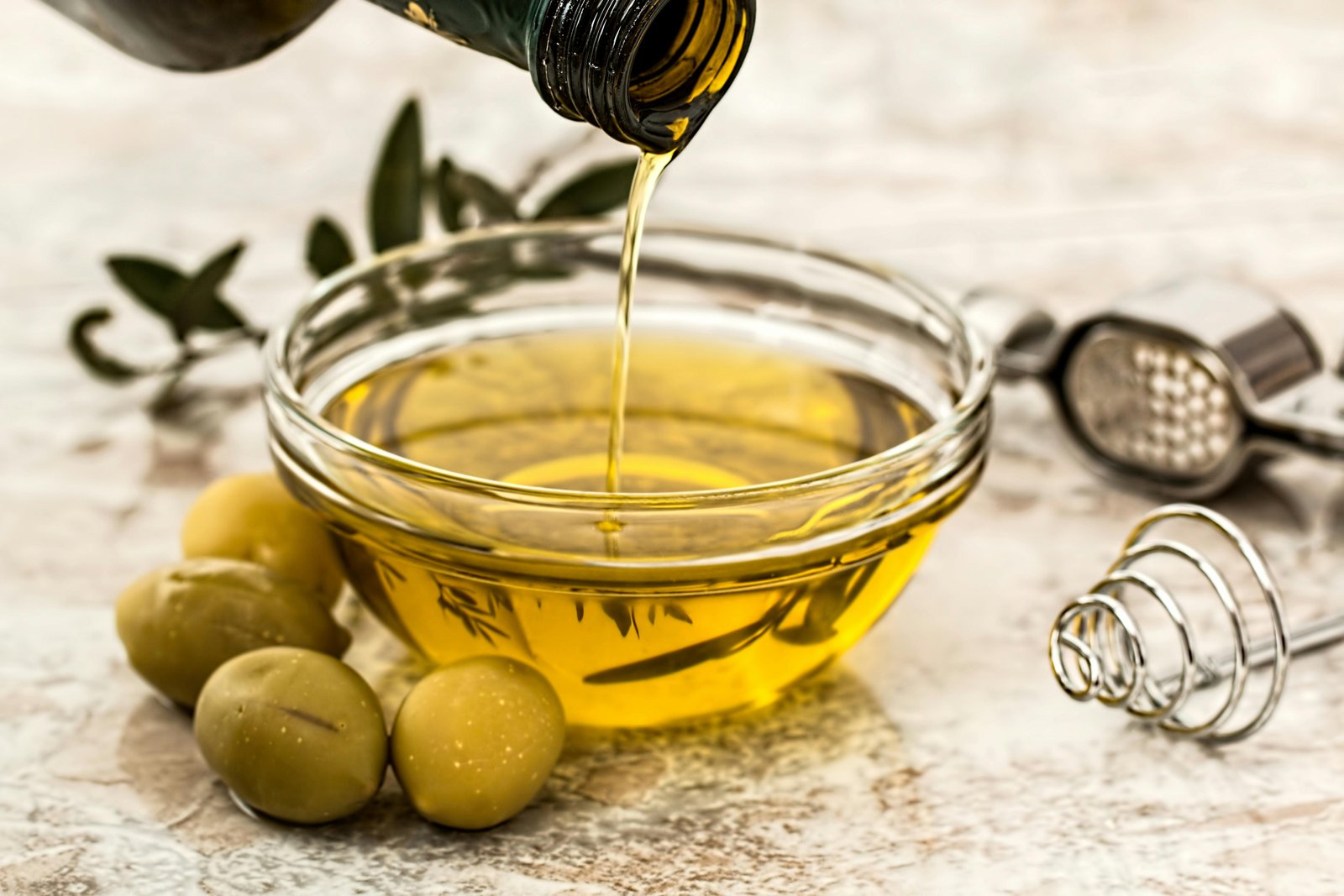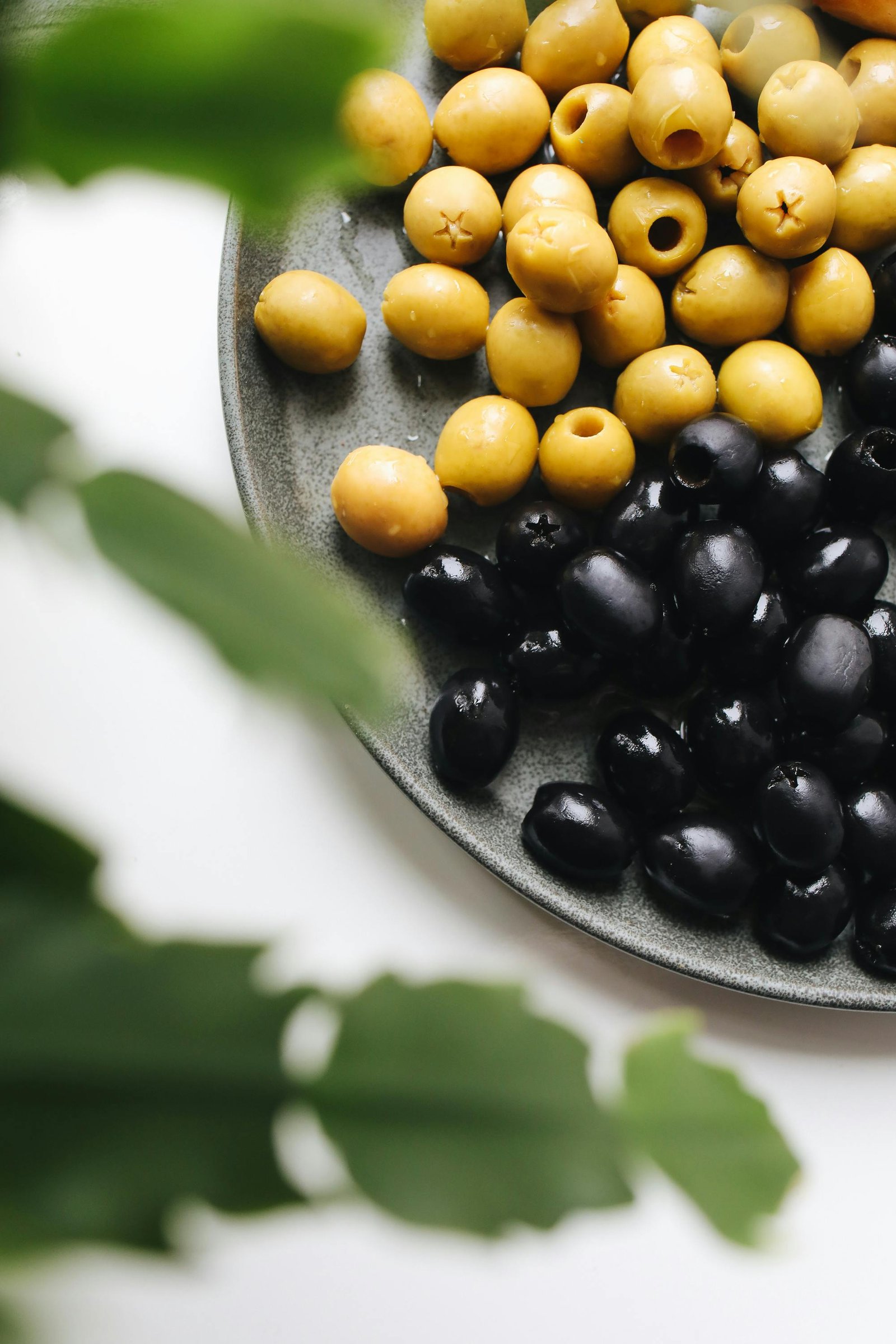
Greek Olive Oil for Cooking: Smoke Point, Uses & Myths
Greek olive oil is a kitchen staple, but there’s still confusion about whether it’s safe or ideal for cooking. Some say olive oil shouldn’t be heated; others swear by it for frying and baking. So what’s the truth?
In this guide, we’ll break down the smoke point, clarify common myths, and show you how to use Greek olive oil properly across a variety of dishes — without losing its health benefits.
🌡️ 1. What Is the Smoke Point of Olive Oil?
The smoke point is the temperature at which oil starts to burn and release harmful compounds. For extra virgin Greek olive oil, the smoke point is generally between:
190°C – 210°C (374°F – 410°F)
That’s higher than many think — and enough for:
- Sautéing
- Pan frying
- Oven roasting
✅ Cold-pressed EVOO may have a slightly lower smoke point, but it’s still stable due to its high antioxidant content.
🧪 2. Is It Safe to Cook with Greek Extra Virgin Olive Oil?
Yes. In fact, multiple studies show that extra virgin olive oil is stable under heat thanks to its:
- High monounsaturated fat content
- Abundance of polyphenols and vitamin E
- Low level of polyunsaturated fats (which oxidize easily)
🥼 Study Highlight: A 2018 study in Acta Scientific Nutritional Health found that olive oil maintained its quality better than canola or sunflower oil when heated to 180°C.
❌ 3. Common Myths About Cooking with Olive Oil
| Myth | Truth |
|---|---|
| “Olive oil becomes toxic when heated” | False. EVOO remains safe and stable under normal cooking temperatures. |
| “You should only use it raw” | False. While it’s great raw, it’s also ideal for sautéing, roasting, and baking. |
| “It’s too expensive to cook with” | You don’t need to use premium early harvest oil for frying — standard EVOO works great. |
🍳 4. Best Cooking Uses for Greek Olive Oil
Raw / Finishing:
- Drizzle over salads, hummus, cheese, or bread
- Use in vinaigrettes with lemon and oregano
- Add a spoonful to soups before serving
Cooking:
- Roast vegetables at 180–200°C
- Sauté onions, garlic, and greens
- Light frying (meatballs, omelets, seafood)
Baking:
- Use instead of butter in savory muffins, focaccia, or cakes
- Try in Greek pastries like spanakopita
✅ It adds depth, richness, and a healthier fat profile to most dishes.
🥄 5. Tips for Cooking with Olive Oil
- Don’t preheat olive oil until it smokes — warm it gradually
- Use refined Greek olive oil (not EVOO) for deep frying, if needed
- Store in a cool, dark place to prevent degradation
- Combine with herbs (rosemary, thyme, garlic) while heating for infused flavor
🧾 FAQ
Can you fry with extra virgin olive oil?
Yes – it’s suitable for shallow frying and sautéing. For deep frying, refined olive oil may be better due to its slightly higher smoke point.
Does heating olive oil destroy its nutrients?
Some antioxidants are lost with high heat, but olive oil remains stable and healthier than most other oils under normal cooking conditions.
What’s the difference between regular and extra virgin olive oil in cooking?
EVOO has more flavor and nutrients. Regular or refined oil is better for high-heat applications where taste is less important
Should I use my premium olive oil for cooking?
Use premium oils for raw dishes or low-heat cooking. For frying or roasting, a good-quality standard Greek EVOO works perfectly.
🔗 Conclusion
Greek olive oil isn’t just a finishing touch — it’s one of the safest and healthiest oils for everyday cooking. With a high smoke point, strong antioxidant profile, and rich flavor, it stands up to heat and enhances almost any dish.
🫒 Looking for authentic cooking-grade Greek olive oils?
→ Check out our guide to Trusted Greek Olive Brands to find the right one.


